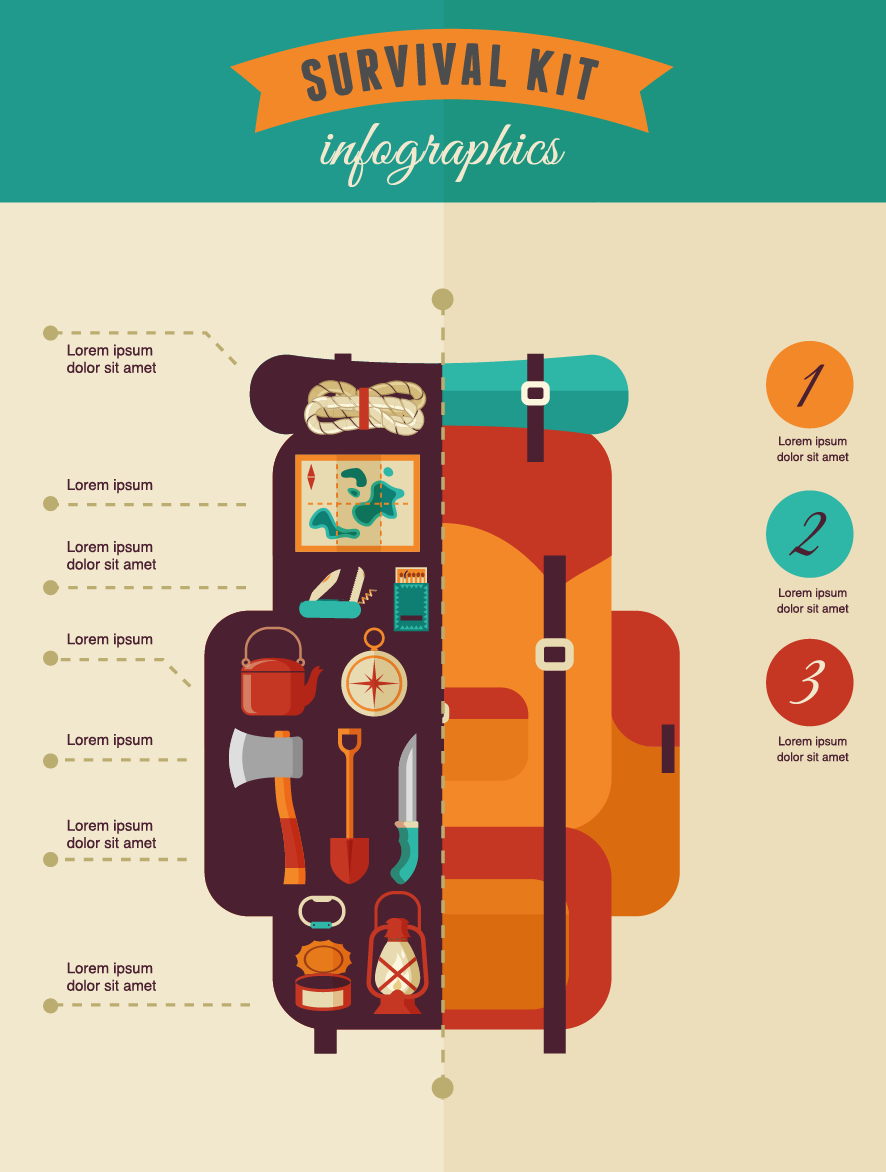Tent footprints are an excellent means to protect your camping tent flooring from abrasions and expand its practical life. Mostly all gear makers offer their own brand-specific impacts that are made to match their particular camping tent versions.
How can I make my tent look pretty?
This tailored method provides ease of arrangement and decreases the threat of rain seeping in with the seams.
What are they?
Outdoor tents impacts (likewise referred to as tent ground sheets or under outdoor tents pads) give a layer of defense between the base of your camping tent and the exterior environment. They secure your tent from sharp items, dampness, and abrasive surfaces.
A lot of tent producers use their very own branded impacts made to fit seamlessly with their assigned sanctuary models. However, these are normally pricey and relatively heavy contrasted to do it yourself options like Polycryo or Tyvek.
Footprints are normally made from durable, waterproof materials such as polyurethane, nylon or silnylon. For ultralight backpackers looking for to decrease pack weight, there are also lightweight, high-strength choices made from Cuben Fiber (Dyneema). It is necessary to choose a footprint that's somewhat smaller sized than your outdoor tents to stop rainwater from dripping down the sides of your shelter and funneling beneath you while you rest-- no person wants to wake up in a puddle! A footprint is a beneficial enhancement to any kind of outdoor camping trip. It helps guarantee a long life expectancy for your camping tent while including convenience and comfort.
Just how vital are they?
Outdoor tents impacts protect the base of your tent from abrasion and moisture, assisting to prolong its life expectancy. They're normally made from water-proof and dirt-resistant products like polyethylene or a light-weight oxford polyester, though the denier of the textile will certainly differ (the greater the denier number, the thicker and burlier).
The majority of impacts are made to specifically match the form of your outdoor tents's flooring, which aids decrease product waste. Several have grommets or loopholes where you can weave guylines for stress and risks, making sure that the impact is safely held down.
If you camp in rough terrain or areas where there's a lot of downed branches and sharp rocks, a tent footprint is well worth the included weight and mass. Yet if you regularly camp in completely dry, sandy or rocky conditions, a footprint may be overkill. A tarpaulin is a far better alternative because situation.
Do you usually pack one?
If you're camping on a very flat surface area where rocks and sticks aren't a concern, an outdoor tents impact most likely isn't required. If you are in the backcountry with a lot of harsh surface, an impact can make life much easier.
Footprints are usually sized slightly smaller sized than the base of the outdoor tents. That's since a larger footprint would certainly capture rain and funnel it under the tent, where you can get up in a puddle.
However, impacts can be pricey and hefty if you purchase one from the manufacturer of your outdoor tents (the Big Agnes Tiger Wall surface UL 2 footprint, for example, sets you back $70 and considers six ounces). You can save cash and weight by making your very own DIY footprint by reducing a piece of Tyvek or other water-proof material to the precise dimensions of your sanctuary. You can even add grommets for very easy accessory. The main advantage of an impact is that it helps to protect the flooring of your backpacking camping tent from abrasive components such as rocks and twigs.
How do you maintain them clean up?
A manufacturer's impact can add significant weight to your sanctuary system and if you're an ultralight backpacker trying to conserve every ounce, it may not be worth it. Consequently, lots of backpackers will make use of a DIY groundsheet that's made out of something like Tyvek or Polycryo and suffice to size for their outdoor tents footprint.
This option is fairly inexpensive and will certainly secure your tent from dampness, rocks, thorns, sticks, etc, while additionally assisting to maintain the bottom of your tent completely dry.
If you do decide to acquire a footprint, make certain it's developed especially for your particular outdoor tents as this will help in reducing water pooling around the sides of your shelter. As an example, if your camping tent impact is as well huge and prolongs past the side of your rainfly, it will accumulate rainfall which can permeate into lighter-weight camping tents and potentially wear down the floor. See to it it fits your camping bell tents glamping tent rather comfortably to prevent this.
How do you keep a tent warm in the winter?
